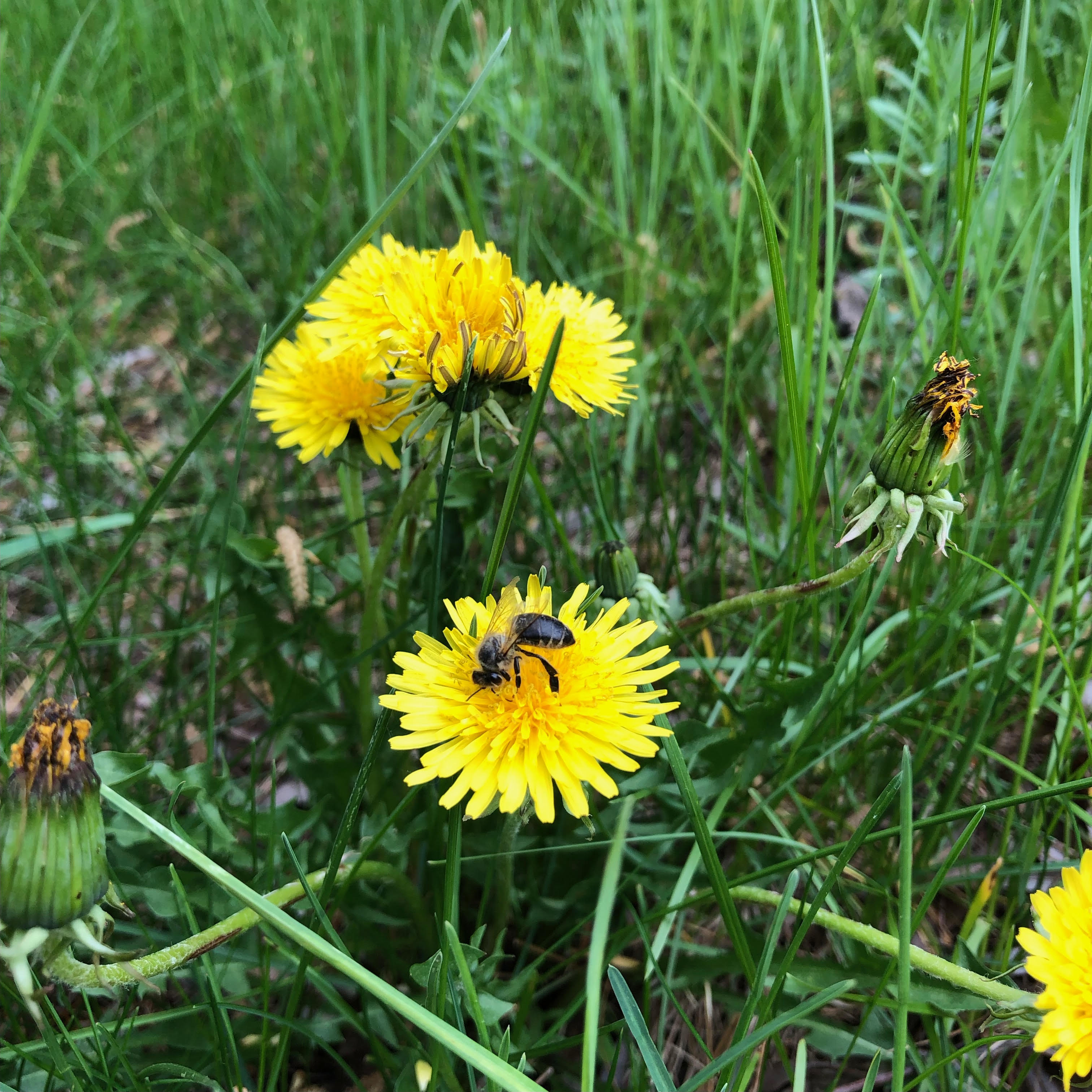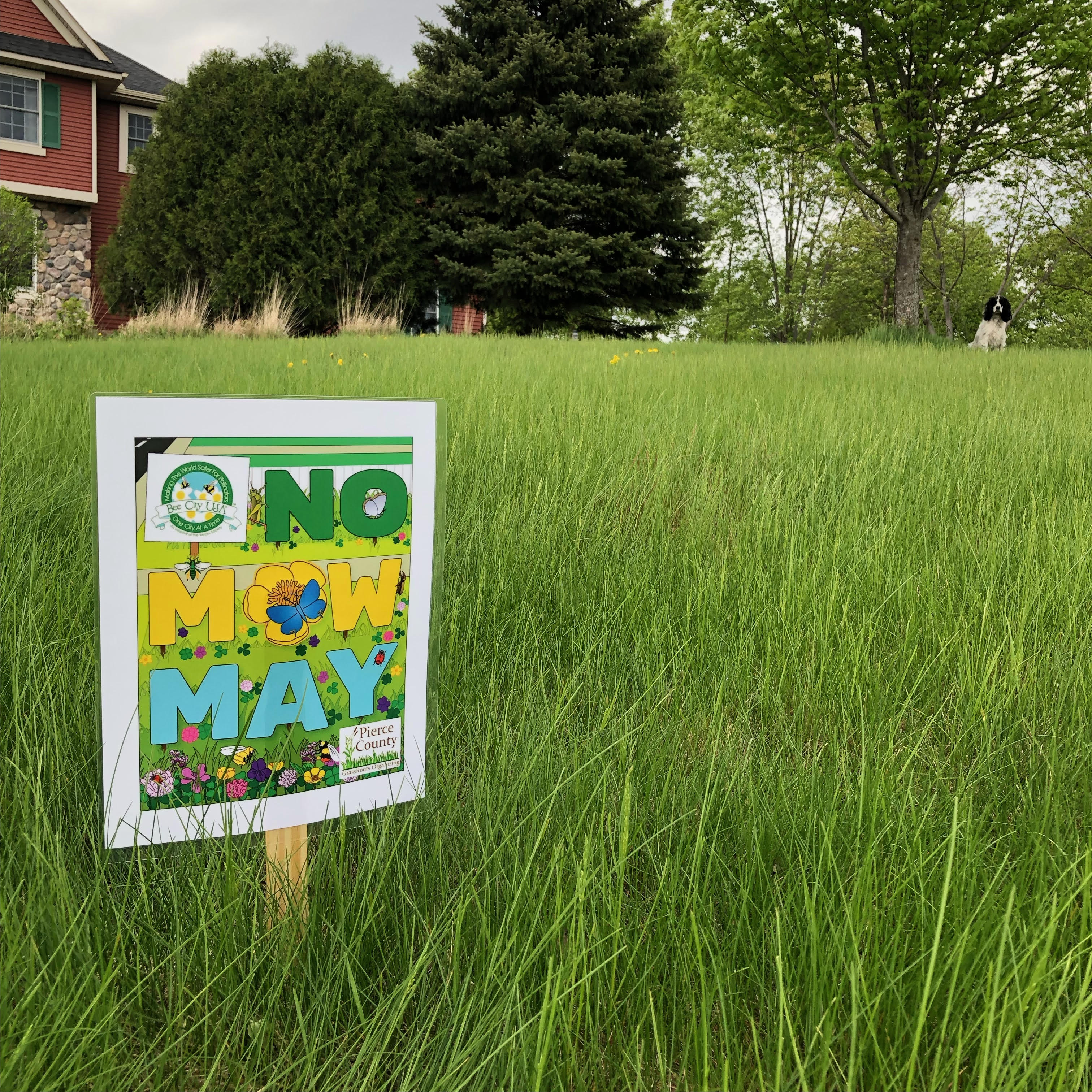Everything You Need To Know About Roadside Revival
By Sophia Forliti
The month of May was defined this year by our participation in No Mow May. No Mow May is the commitment from landowners not to mow their lawn for the month of May. In doing so, they will allow more plants to grow, and for pollinators to thrive as we head into the summer months. If you’ve seen any unruly lawns or more pollinators than usual this spring, this is why.
We asked community members to participate this year, and many were happy to join and share their results with us.











Follow us on Facebook and/or Instagram to keep up to date with initiatives like this!
No Mow May was a part of our Roadside Revival project. The goal of this project is to revive “the land along roadsides in Pierce County as pollinator habitat“. By doing this, it will also improve soil and water quality.
Jay Skinner, Field Organizer and Technology Manager for PCGRO, has done a lot of work for the Roadside Revival project. “…kind of where we started from, from the outset, is how to improve water quality. And that’s where we’ve got to with this project. It’s doing… one specific thing that can contribute to that.” Since the project was just beginning in May, No Mow May was a perfect first step.
Bird and insect populations have dropped by more than two thirds in the past 50 years, according to the World Wildlife Fund. “And much of this decline is due to loss of critical habitat.” Skinner says.



Comments are closed